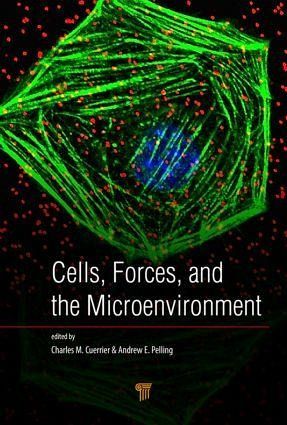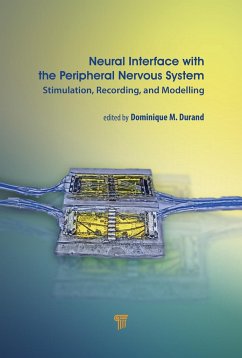
Cells, Forces, and the Microenvironment

PAYBACK Punkte
75 °P sammeln!
With the recent development of new experimental approaches and methodologies, it is becoming clear that cells and tissues are not regulated by biochemical signals alone. Indeed, physical cues arising in the biological microenvironment are directly coupled to the biochemical regulation of living systems. This book provides a broad overview of how mechanical forces and properties govern diverse aspects of physiological and pathological processes. It also covers new emerging techniques developed to study complex biosystems such as microfluidics, traction force microscopy, and the development of n...
With the recent development of new experimental approaches and methodologies, it is becoming clear that cells and tissues are not regulated by biochemical signals alone. Indeed, physical cues arising in the biological microenvironment are directly coupled to the biochemical regulation of living systems. This book provides a broad overview of how mechanical forces and properties govern diverse aspects of physiological and pathological processes. It also covers new emerging techniques developed to study complex biosystems such as microfluidics, traction force microscopy, and the development of novel biomaterials for tissue engineering. Importantly, the chapters in this book are not limited to applications in animal cell biology but also cover important dimensions in other kingdoms such as plants and bacteria. The aim is to provide a comprehensive overview of the roles that physical cues play in governing diverse forms of life, with an eye on the development of fundamental new knowledge, potential applications in biosensors, and novel biomedical technologies.













